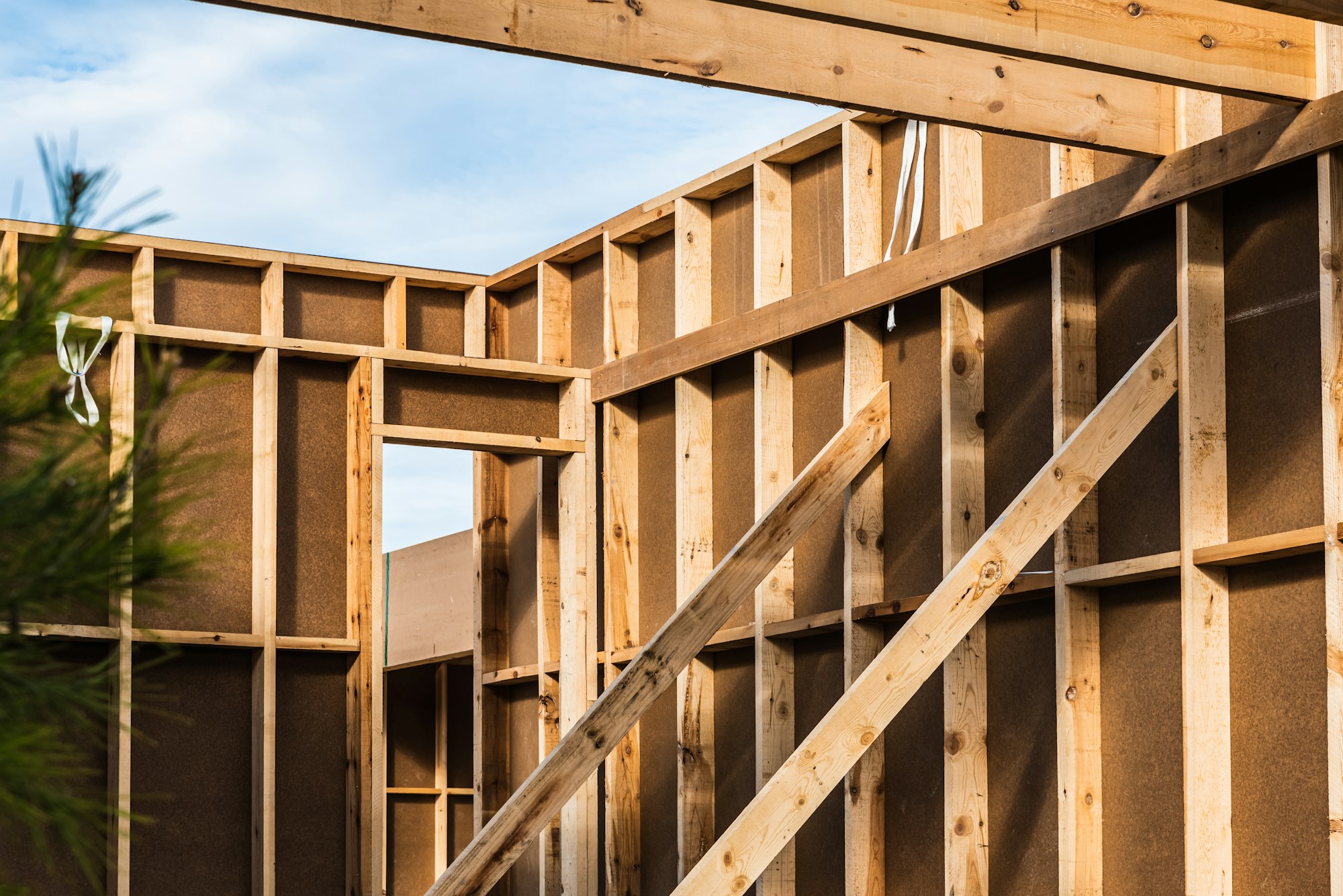ASPN will equip Upper Appalachia to meet increasing residential and commercial sector
demand for the products and materials used to construct, renovate, and operate healthy,
energy-efficient buildings and infrastructure, and connect buildings to a cleaner grid
PITTSBURGH (March 25, 2024) — The Green Building Alliance (GBA), together with West Virginia
University, including WVU Extension and Vantage Ventures; Catalyst Connection; Youngstown
Business Incubator; and BRITE Energy Innovators, today announced the launch of the
Appalachian Sustainable Products Network (ASPN) and website, www.ASPNbuilds.org, and
issued an invitation for regional manufacturers to participate in a no cost Life Cycle
Assessment of their product(s), valued at $50,000.
Funded by the Appalachian Regional Commission’s Appalachian Initiative for Stronger
Economies (ARC ARISE), together with match funding support from the Claude Worthington
Benedum Foundation, ASPN will equip Upper Appalachia to meet increasing residential and
commercial sector demand for the products and materials used to construct, renovate, maintain
and operate healthy, energy-efficient buildings and infrastructure, and connect buildings to a
cleaner grid.
Architects/designers, manufacturers, building owners, construction firms, producers, and
wholesale/retail trade businesses, as well as Upper Appalachian support organizations are
invited to learn about ASPN and the Life Cycle Assessment pilot via LIVE webinar on
Tuesday, March 26, 2024, at 11 a.m. EST. Sign up at www.bit.ly/3VqaGLQ.
For those unable to attend on March 26, the webinar will be recorded and posted to
www.ASPNbuilds.org.
Life Cycle Assessments (LCAs), which measure environmental impact by considering the entire
life cycle of a product from raw material extraction to disposal, will be conducted by GBA from
April through June 2024, at no cost to participating manufacturers. LCAs typically require up to six
months of engagement, but close collaboration with the GBA team will enable engagement with
manufacturers to be completed within one- to two-person weeks of effort on the part of the
manufacturer.
Up to 6 manufacturers from Pennsylvania, West Virginia and Ohio will be enrolled in ASPN’s
no-cost Pilot LCA.
At the conclusion of the Pilot, manufacturers will receive a report with the results of the LCA as
well as an LCA model of their product. This model can be used to help manufacturers identify
product design changes to lessen environmental impact and can serve as the base report for
generating a third-party certified Environmental Product Declaration (EPD). EPDs can offer a
major boost to market access, particularly for manufacturers of building products and materials.
The cost for an LCA averages $50,000; through the ASPN Pilot, manufacturers can participate in
an LCA at no cost.
In addition to the LCA Pilot program, the planning phase of ASPN includes the following:
- Market Analysis to quantify opportunity, demand and growth within the green building
and sustainable development sector and for the region. - Ecosystem Map to identify and assist producers, manufacturers and other entities in the
regional supply chain find and better support one another; connect them with resources;
and highlight dynamic hubs of sustainability activity within the region.
Both the Market Analysis and Ecosystem Map processes are underway, and together with the
Pilot Study, will spur further innovation as companies refine their product lines to meet higher
performance standards.
“By strengthening the reliability and growing the scope of the region’s manufacturing supply chain
in sustainable building products, the Appalachian Sustainable Products Network will contribute
to the regeneration of Upper Appalachia as it transitions from the extractive industries that once
fueled its economy,” says Jenna Cramer, President and CEO, Green Building Alliance. “We invite
all those engaged in the regional economy to join in or access the upcoming webinar to learn
more about the project, the market study and ecosystem mapping process, and the product Life
Cycle Assessment Pilot.”
By considering the entire life cycle of a product from raw material extraction to disposal, an LCA
enables businesses to identify opportunities for improvement, optimize resource efficiency, reduce
waste, and make informed decisions regarding product design and supply chain management.
“By engaging in a Life Cycle Assessment, manufacturers can identify opportunities to optimize
resource efficiency, reduce waste, and make informed decisions regarding product design and
supply chain management,” says Greg Norris, GBA Vice President of Life Cycle Sustainability.
“These studies will be for internal use by the manufacturers and should provide major and
actionable insights. Each could also be later extended to support communications or certifications
that open up new market opportunities, particularly in the buildings and construction industry
where demand for energy efficient, reliable and green design is growing rapidly. Most significantly,
this is a quantitative assessment that is the gold standard in understanding the environmental
consequences of a product.”
The LCA process can provide companies with answers to the following:
- Design: What changes can be made to the product to lessen its environmental impact?
- Purchasing: Which product has the least environmental impact?
- Marketing: Competitive advantage. Having an LCA-based Environmental Product
Declaration (EPD) report can be a major boost to market access, particularly for building
products and materials. - Benchmarking: How does the company compare to others in the industry?
- Resource preservation: Are there opportunities for resource preservation? Are there areas
where resources are being used inefficiently or where alternative materials or processes
may be more sustainable? - Tracking: How does the company’s environmental performance this year compare with
past years? - Policy: What initiatives will help the company improve its overall environmental outcomes?
“By supporting and equipping regional manufacturers to respond to rising demand for products and
materials used in energy-efficient building, design, construction and infrastructure, ASPN will help
to accelerate Upper Appalachia’s economic transformation,” says Petra Mitchell, President and
CEO of Catalyst Connection. “This collaborative effort will not only enable local manufacturers to
become stronger and more competitive, it will also drive job growth and open new opportunities for
workforce development in the region, all while addressing the very real impacts of climate change.”
To learn more about opportunities to engage with ASPN, visit www.ASPNbuilds.org.




